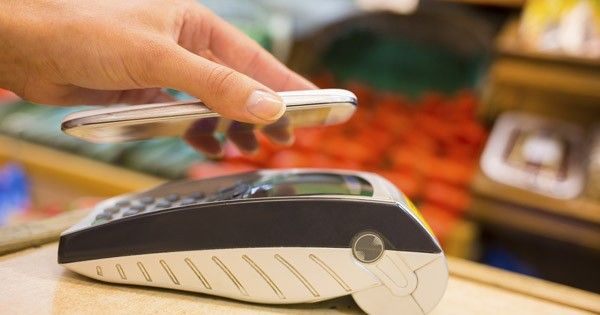You can’t go a day without seeing contradicting articles on the future of mobile payments. While some pundits tout the bright future of mobile payments, others are more cynical, finding a lack of adoption among Millennials and Generation Z due to lack of convenience or security. It seems at this point that there has to be a tipping point in which mobile payments becomes a fad, a trend, or a revolution, but is it really on the horizon?
The “Yea’s”
- According to an October 2015 report on digital wallets in the U.S., McKinsey & Company estimates that in the U.S. today, approximately $200 billion in transactions are now flowing through digital wallets and that they could reach $1.2 trillion—that’s 18 million transactions and about 18-20% of total U.S. retail spending—by 2020.
- Business Insider predicts that the number of people who make a mobile payment at least once a year will grow from nearly 8% of the US consumer population in 2014 to 65% by 2019. The growth in mobile payment users will largely be driven by mobile wallet initiatives from Apple, Samsung, and Google. When these are in place, 90% of the forthcoming smartphones in the US will come with mobile wallets preinstalled.
- Further, the same report predicts that in 2019, 14.8% of all in-store payments will be completed with a mobile device, surpassing $800 billion by the end of that same year—a 172% increase in compounded annual growth rate, or CAGR.
The “Nay’s”
Yet, the expected drivers of the mobile payments push—Millennials and Generation Z—have not cozied up to the idea—yet.
- Cleveland-based OnCampus surveyed 16,000 students in the United States and Canada and found that “of students who are familiar with mobile wallets, only 10% have used the technology to make an in-store purchase, while 17% have used a wallet app to initiate an online purchase.” What’s worse, 58% saying they do not plan to use a mobile wallet in the next year and 40% had no interest in mobile wallets, even though 57% use their devices to compare prices.
- This, in addition to a Gallup Poll, which reported that only 13% of U.S. adults with a smartphone have a digital wallet on their device, and 76% of those who have a digital wallet have never used hit or have almost never used it to make a purchase from a retailer in the past 30 days.
How Digital Wallets Can Meet Expectations
There are ways to promote digital wallet use among consumers, leading to increased adoption and use, but getting there will take time.
A recent Accenture study looked into mobile payments adoption, recommending the following:
“Financial institutions, merchants, mobile network operators and technology providers also need to educate consumers on the benefits, assuage their privacy and security concerns and ensure applications are supported by a range of smartphones and wireless networks.
Both current users and non-users can be incentivized to make mobile payments through rewards for usage or other value-added tools such as receipt tracking. Developers should consider incorporating both elements in new mobile payment applications to encourage broad adoption as quickly as possible.”
In addition to this, organizations are called upon to meet customer expectations and demands for not just payments but tracking receipts, managing their personal finances as part of that payment experience, and showing proof of insurance, as well as their drivers license, on their phone.
In addition to this, mobile transaction provider wiGroup offered the following drivers for consumer and merchant adoption of mobile payments:
- Value Added Services: There are a number of activities that take place before and after the transaction that can deliver tremendous value to the consumer and the merchant: budgeting apps can empower consumers while lifestyle integration apps make your mobile phone an extension of your daily life.
- Security: Mobile payment apps remove the need for carrying cash, which reduces security risks to both consumers and businesses. New biometric scanning technology promises previously unseen layers of security and tokenization has the potential to significantly increase the security levels and public perception about mobile payments
- Opportunities for Improving Customer Service: Mobile payment offers a “cards on file” service used by consumer businesses to better serve repeat customers. Although this practice is not new, saving this customer data, where appropriate, allows for easier and faster client-merchant interactions, and has emerged as a key enabler of transactions being initiated on the mobile device. This not only makes payments seamless, but transparent to the consumer, and with such transparency also comes the ability for consumers to budget and make smart financial decisions with the provision of real time data and complete transactional history.
All in all, mobile payments finding increased use, but with the right moves, adoption can meet the expectations set by analysts. Learn more about the mobile payments revolution using the following resources:
